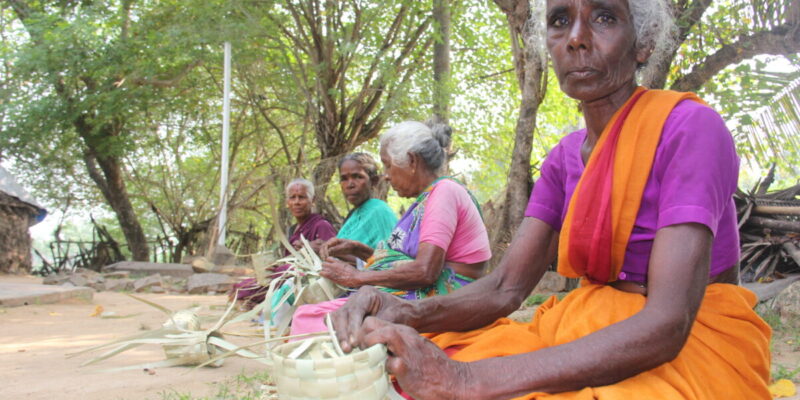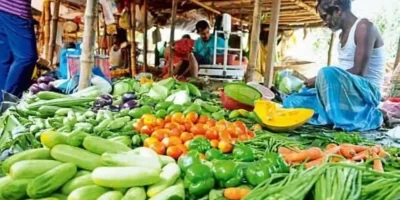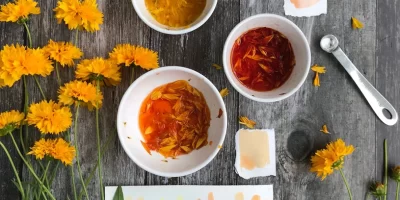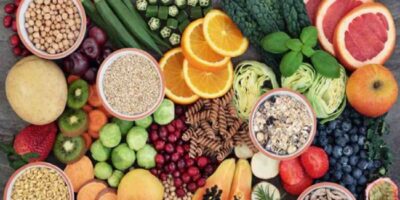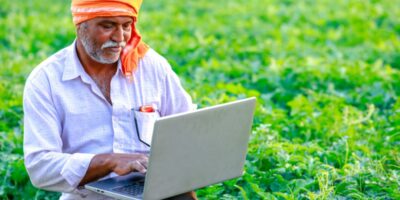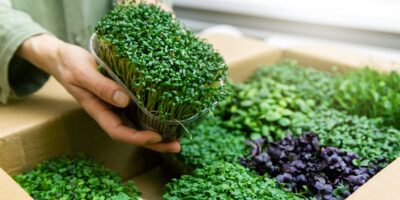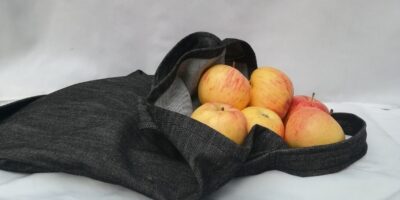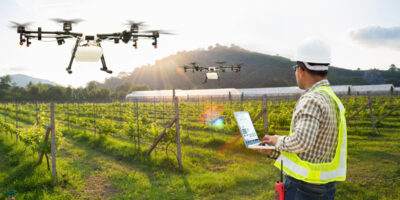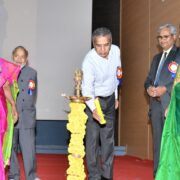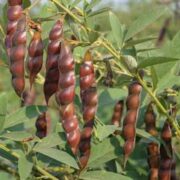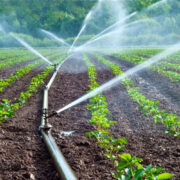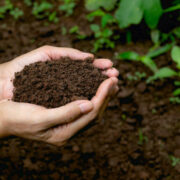Palmyra Leaf Bags: In the pursuit of a greener planet, innovative solutions are emerging to tackle environmental challenges. One such solution involves replacing plastic nursery bags with bags woven from palmyra leaves for mangrove restoration projects. This sustainable approach not only aids in preserving fragile ecosystems but also contributes to the livelihoods of local communities.
In mangrove restoration efforts, the growth of seedlings is of utmost importance. Surprisingly, palmyra leaf bags have proven to be just as effective as plastic bags in nurturing mangrove seedlings. The growth observed in plants cultivated in palmyra bags is comparable to those in plastic bags. This breakthrough underscores the potential of natural materials in creating a positive impact on our environment.
Also Read: India’s Rice Exports Ban: India’s Rice Production and Its Impact on Global Markets
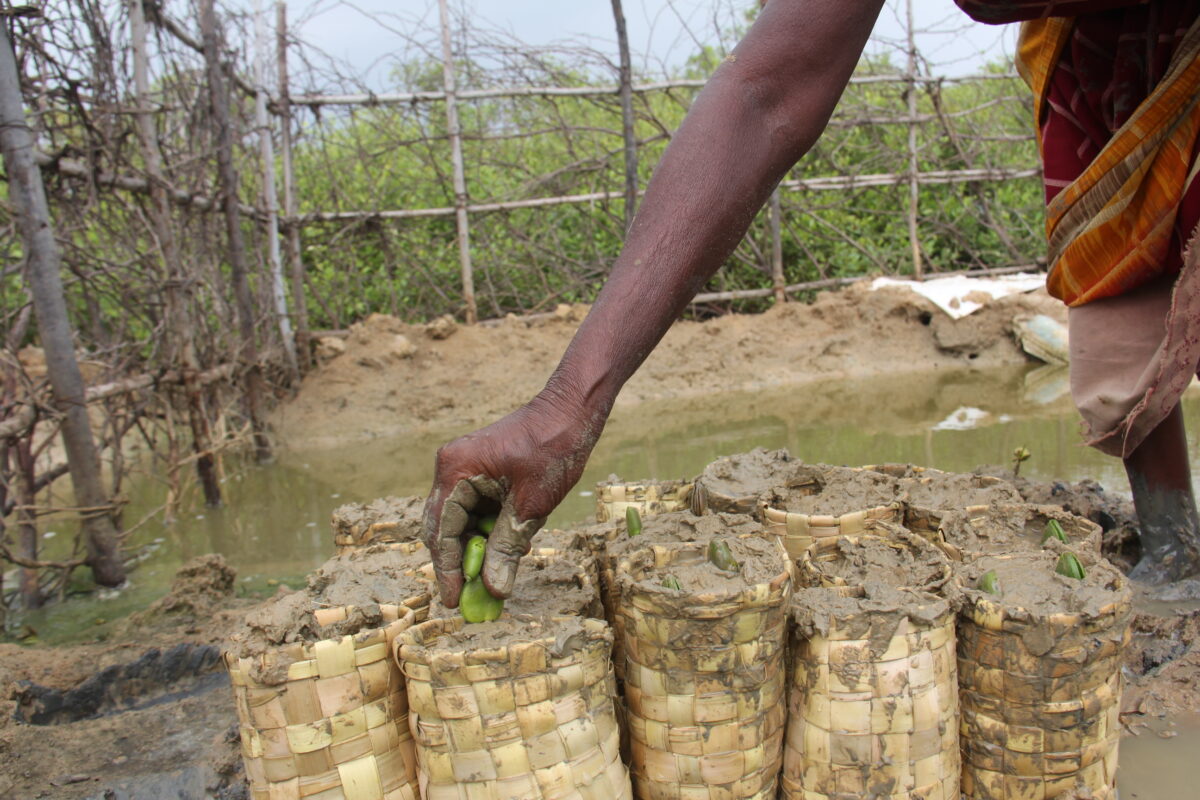
Mangrove Restoration
Mangrove ecosystems are characterized by their proximity to water bodies. This makes water inundation a common challenge during the early stages of seedling growth. Palmyra leaf bags, however, have demonstrated higher durability in such conditions compared to plastic bags. This natural resilience ensures that the seedlings remain safe and continue to thrive even in challenging circumstances.
The process of weaving palmyra bags is not only environmentally friendly but also honors the rich tradition of using natural resources in craft-making. The art of weaving bags from palmyra leaves has been passed down through generations, highlighting the close relationship between local communities and their environment. This traditional craft has gained renewed significance as it aligns with the global shift towards sustainability.
Also Read: Urban Farming: India’s First Rooftop Organic Farming Center
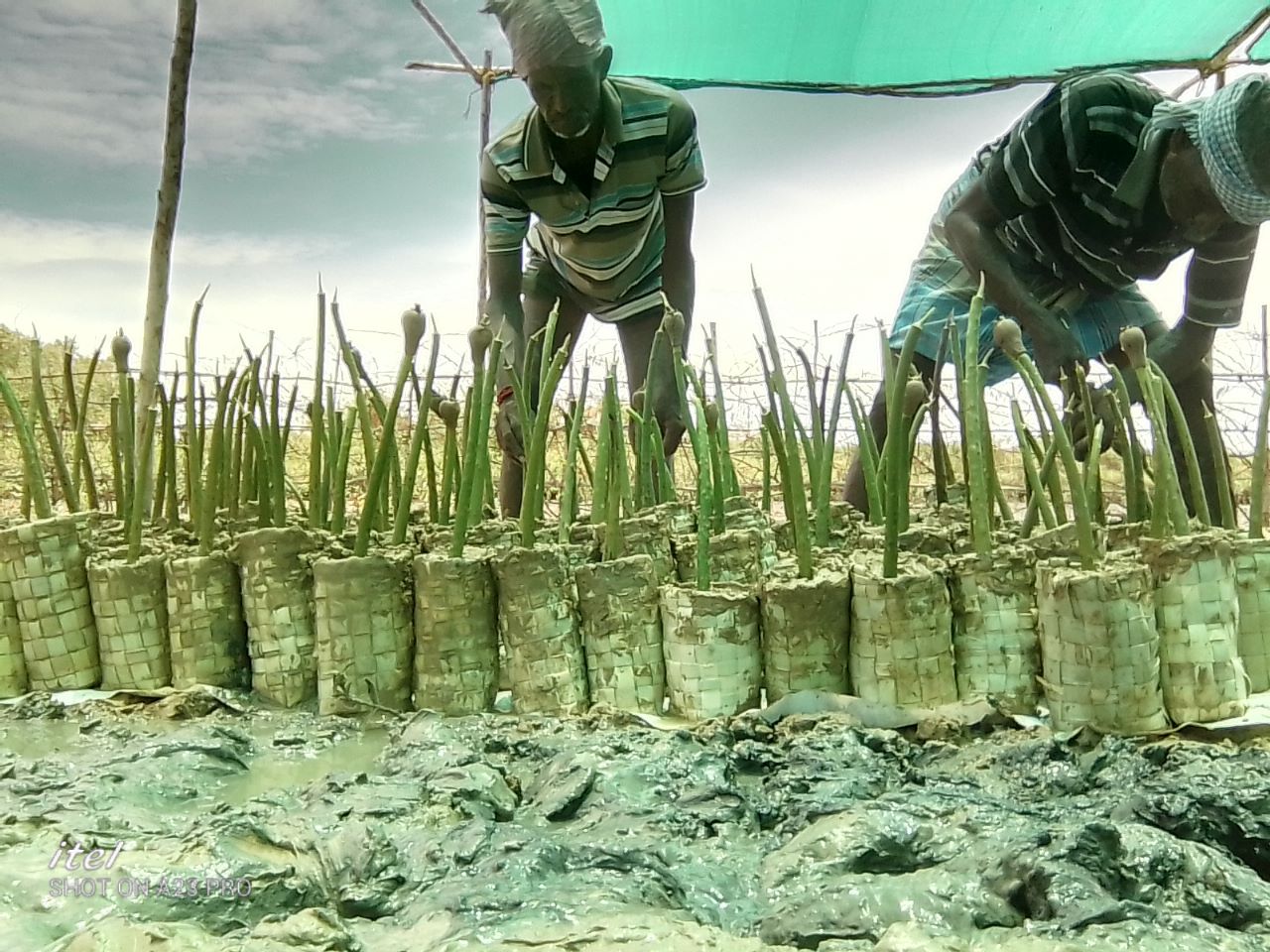
Mangrove Restoration
The use of palmyra leaf bags in mangrove restoration projects also brings about a positive change in the lives of residents in the Thanjavur district and beyond. Traditional crafts involving palmyra leaves have long been a source of livelihood for these communities. By incorporating this craft into environmental initiatives, a sustainable livelihood avenue is created, benefiting both the ecosystem and the people.
The adoption of palmyra leaf bags as a replacement for plastic nursery bags in mangrove restoration projects marks a significant stride towards sustainable practices. The success observed in seedling growth and the bags’ resilience against water inundation underline the potential of such natural solutions. Moreover, this approach breathes new life into traditional crafts and uplifts local livelihoods. As we continue to seek alternatives that respect our environment and its inhabitants, palmyra leaf bags stand out as a shining example of innovation rooted in tradition.

